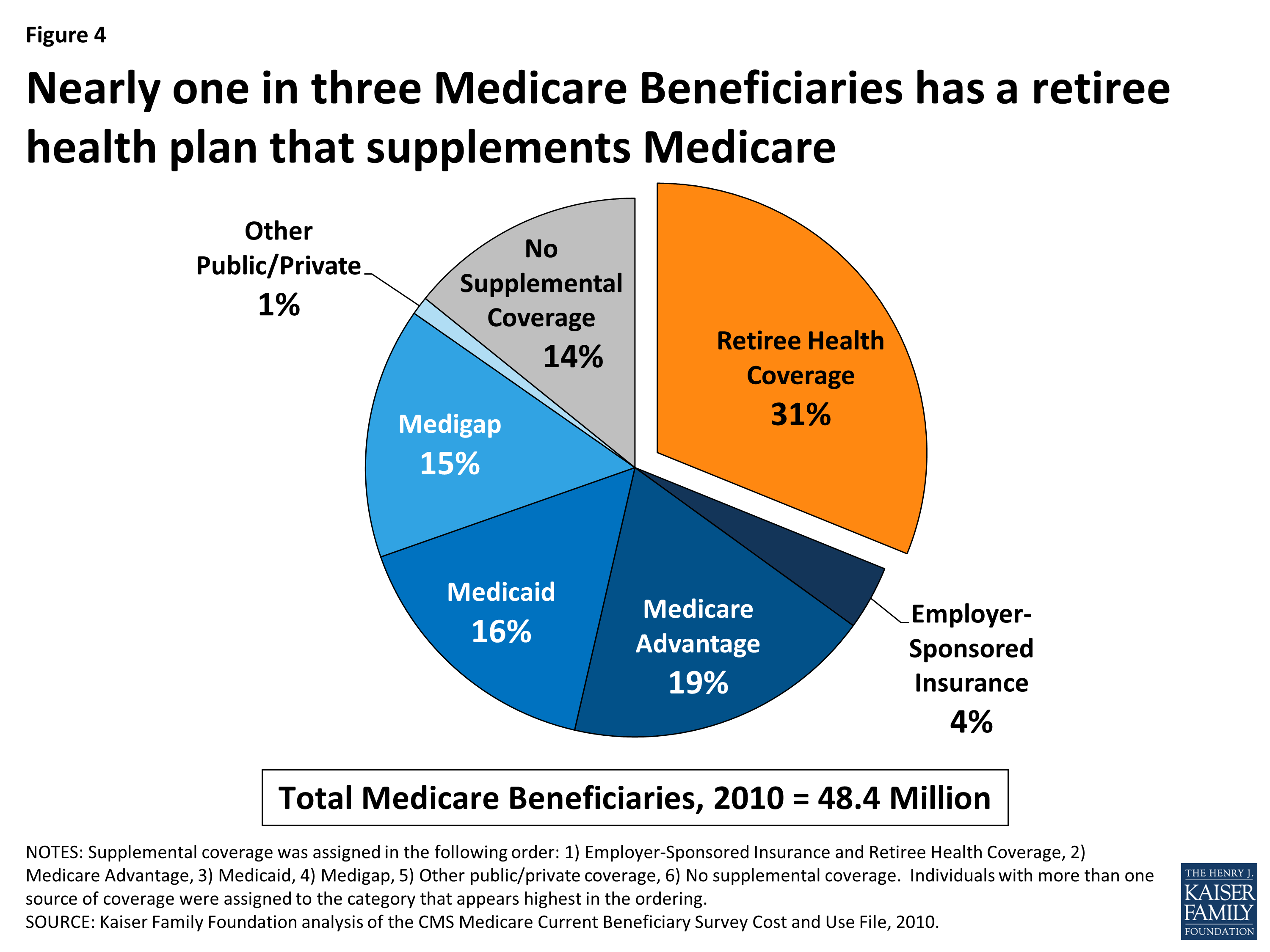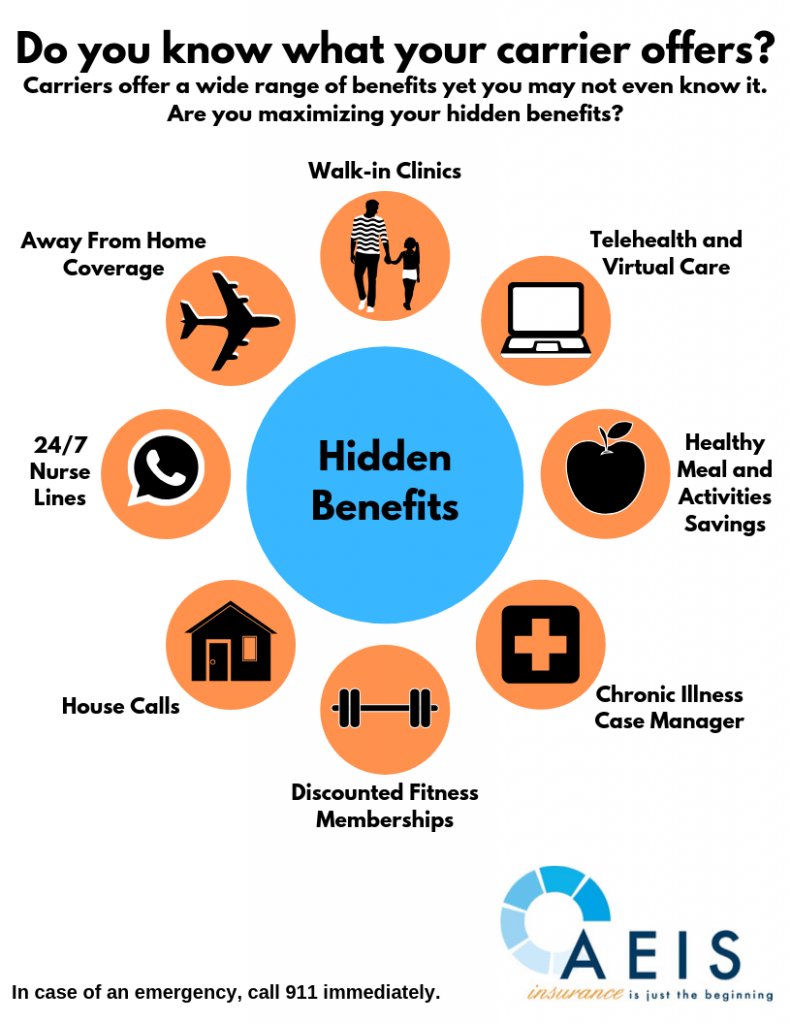4 Simple Techniques For Medicare Advantage Agent
Wiki Article
What Does Medicare Advantage Agent Mean?
Table of ContentsThe Best Guide To Medicare Advantage AgentWhat Does Medicare Advantage Agent Do?The Only Guide to Medicare Advantage Agent

adheres to from puzzling the relatively young age account of the uninsured with the far better health, typically, of younger individuals. This obscures the link in between health and wellness status and medical insurance. For those without accessibility to office health and wellness insurance policy, inadequate health is a prospective obstacle to purchasing nongroup insurance coverage since such coverage may be very priced, omit pre-existing conditions, or be merely unavailable. The variety of without insurance Americans is not especially huge and has not altered in recent times. 7 out of ten respondents in a nationally representative study assumed that fewer Americans lacked wellness insurance policy than actually do(Fronstin, 1998). Approximately fifty percent(47 percent )believed that the variety of people without health and wellness insurance coverage decreased or stayed continuous over the last half of the last decade(Blendon et al., 1999). This decrease of practically 2 million in the variety of individuals 'without insurance (a decrease
of around 4 percent)is absolutely a favorable adjustment. With a softer economy in 2000 the most up to date reported gains in insurance policy protection might not proceed(Fronstin, 2001 ). The decrease in the variety of without insurance will certainly not proceed if the economy stays sluggish and healthcare expenses remain to surpass rising cost of living. This is due to the fact that the data were accumulated for a duration of solid economic performance. Of the estimated 42 million people that were uninsured, all however concerning 420,000(regarding 1 percent)were under 65 years old, the age at which most Americans end up being qualified for Medicare; 32 million were adults between ages 18 and 65, about 19 percent of all adults in this age team; and 10 million were youngsters under 18 years old, concerning 13.9 percent of all youngsters (Mills, 2000). These estimates of the variety of individuals without insurance are created from the yearly March Supplement to the Present Populace Survey (CPS), conducted by the Demographics Bureau. Unless otherwise kept in mind, national estimates of people without wellness insurance policy and proportions of the populace with different kinds of coverage are based upon the CPS, the most widely used resource of quotes of insurance protection and uninsurance rates. These surveys and the price quotes they generate are described briefly in Table B. 1 in Appendix B - Medicare Advantage Agent. These studies vary in size and sampling approaches, the inquiries that are inquired about insurance coverage
The 3-Minute Rule for Medicare Advantage Agent
protection, and the time period over which insurance coverage or uninsurance is gauged(Lewis et al., 1998, Fronstin, 2000a ). Still, the CPS is particularly helpful due to the fact that it creates yearly estimates fairly swiftly, reporting the previous year's insurance protection estimates each September, and since it is the basis for a constant collection of quotes for greater than twenty years, permitting analysis of patterns in insurance coverage with time.
See This Report on Medicare Advantage Agent
Over a three-year period beginning early in 1993, 72 million individuals, 29 percent of the united state population, lacked protection for a minimum of one month. Within a solitary year(1994), 53 million people experienced at the very least a month without coverage(Bennefield, 1998a). 6 out of every ten uninsured adults are themselves used. Although functioning does enhance the likelihood that a person and one's relative will have insurance policy, it is not a warranty. Also participants of households with 2 full time breadwinner have nearly a one-in-ten opportunity of being uninsured (9.1 percent without insurance price)(Hoffman and Pohl, 2000 ). The connection between medical insurance and accessibility to care is well developed, as recorded later on in this phase. Although the connection between medical insurance and health and wellness outcomes is neither direct neither basic, an extensive professional and health solutions research literature links medical insurance protection to improved access to care, better high quality, and enhanced individual and populace wellness condition. As an example, the second report, on personal health and see this website wellness outcomes for without insurance grownups, is represented by the innermost circle of the figure, while the third report, on household well-being, encompasses the subjects of the second record however emphasizes a various unit of evaluation, specifically, the household. The 6th record in the series will present information regarding methods and efforts taken on in your area, statewide, or across the country to address the absence of insurance policy and its negative impacts. Levels of evaluation for checking out the results of uninsurance. This discussion of medical insurance coverage focuses primarily on the united state populace under age 65 because essentially all Americans 65 and older have Medicare or various other public insurance coverage.
Furthermore, it focuses especially on those without any medical insurance for any type of length of time. The troubles faced by the underinsured are in some aspects comparable to those faced by the uninsured, although they are usually much less extreme. Uninsurance and underinsurance, nevertheless, include distinctly various policy problems, and the methods for addressing them might differ. Throughout this study and the 5 records to comply with, the primary focus is on individuals without medical insurance and hence no aid in spending for health and wellness care beyond what is available via charity and security internet establishments. Medical insurance is an effective variable influencing receipt of care since both clients and physicians react to the out-of-pocket cost of services. Medical insurance, however, is neither necessary neither adequate to get to clinical services. However, the independent and straight effect of wellness insurance protection on access to health solutions is well established. Others will certainly acquire the healthcare they require also without medical insurance, by spending for it expense or seeking it from companies that provide care cost-free or at very subsidized prices. For still others, health insurance coverage alone does not guarantee invoice of care as a result of other nonfinancial obstacles, such as a lack of health and wellness treatment companies in their area, limited accessibility to transport, illiteracy, or linguistic and cultural distinctions. Formal research study regarding without insurance populations in the USA dates to the late 1920s and early 1930s when the Committee on the Cost of Medical Care generated a series of reports regarding funding physician office visits and hospital stays. This concern became significant as the numbers of clinically indigent climbed up find more throughout the Great Depression. Empirical research studies continually sustain the link between access to care and enhanced wellness outcomes(Bindman et al., 1995; Starfield, 1995 ). Having a routine resource of care can be thought about a predictor of access, instead of a direct action of it, when health and wellness outcomes are themselves used as gain access to indications. This extension of the concept of gain access to dimension was made by the IOM Committee on Monitoring Access to Personal Healthcare Services(Millman, 1993, p. Whether or not moms and dads are insured appears to affect whether their kids receive care as well as how much careeven if the children themselves have coverage(Hanson, 1998). The health of parents can affect their ability to take care of their children and the level of family members stress. Fretting about their youngsters's accessibility to care is itself a source of stress for parents. 3 phases adhere to in this record. Phase 2 offers an introduction of how employment-based medical insurance, public programs and individual insurance coverage run and engage to provide considerable however insufficient protection of the united state populace. This includes an evaluation of historical patterns and public laws impacting both public and private insurance policy, a discussion of the communications amongst the different sorts of insurance, and an evaluation of why individuals relocate from one program to another or end up

Report this wiki page